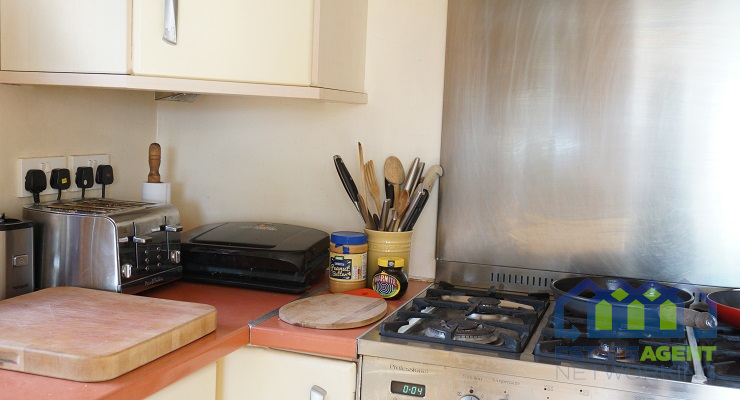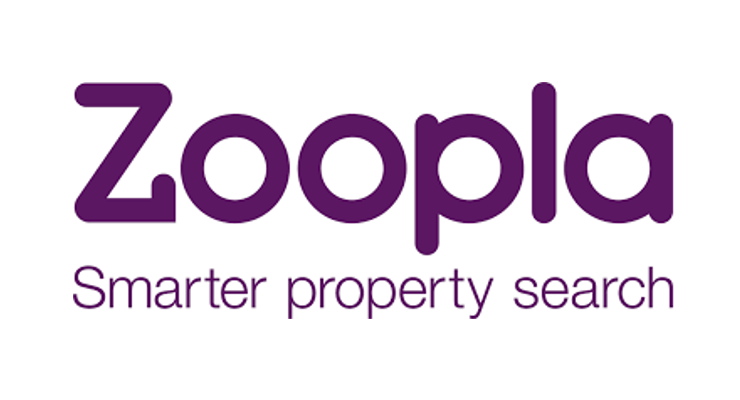What are the benefits of an inframe kitchen?
Have you been searching for a new kitchen design for a home makeover? You’ve probably come across terms like ‘frameless kitchen’ and ‘inframe kitchen’ on your hunt for inspiration, but you might not know what these are.
Inframe kitchens are a more traditional cabinet style that has become popular again, even in modern homes – but what exactly does the name mean? Are they the best option for your kitchen?
This blog answers these questions and more, so read on to learn about the benefits of inframe kitchens and why this is a winning design.
What is an inframe kitchen?
While you may be used to seeing kitchen cabinets with a door that covers the front completely, inframe kitchens use a historical method of construction that fits the door within the cabinet frame.
To do this, a border-like frame is fixed to the front of the wooden carcass, then the door is cut to size and fitted within the frame. This leaves the frame visible whether the door is open or closed.
This custom-fitted style of kitchen cabinet was the norm for a long time, and inframe kitchens were especially popular in the early 1900s. However, technological advances led to mass production of a different type of kitchen from the 1920s–1940s onwards – the frameless kitchen.
Kitchen cabinet manufacturers found that it was cheaper and easier to fix doors directly to the front of the carcass, instead of having to measure frames and doors to fit within them. This led to the popularity of the more modern slab door style, which doesn’t have a visible frame.
As anyone in any kind of furniture or design industry knows, fashion is cyclical – a certain style may be fashionable for a long time, then be replaced by a completely different one, only for the original trend to come back around within a few decades.
The same can be said for inframe kitchens. Once relegated to traditional Shaker kitchens or country-style kitchens only, this old-fashioned design is now being appreciated for its unique visual features and the commitment to durability and longevity in its construction.
With global trends moving towards less wasteful environmentally-friendly products with quality craftmanship that lasts longer than off-the-shelf solutions, inframe kitchens appeal to contemporary consumers more than ever.
What are the benefits of inframe kitchens?
Wondering what’s so great about inframe kitchens and why they’re back at the forefront of popular kitchen designs? The simple truth is that they’re well-made and look wonderful.
First of all, inframe kitchens are extremely durable, as they strengthen the kitchen carcass with a solid frame and require the doors and drawers to be precisely fitted.
This results in a kitchen unit that’s sturdy enough to last for many years.
One of the major issues with frameless kitchens is that the doors inevitably sag on their hinges over time, as they have no support to keep them in place. Meanwhile, inframe kitchens prevent the doors from dropping, as the frame keeps them aligned.
While practicality is important, so is the look of the kitchen – and inframe kitchens don’t disappoint in this department, either. No matter the style or colour scheme of your kitchen, inframe kitchen cabinets will look neat and elegant, with the door corners protected from damage.
Since inframe kitchen doors must be custom-made to fit into the frame perfectly, the attention to detail is immediately obvious when you look at the finished cabinets. It makes your cupboards a design feature in their own right, without relying on fancy finishes to catch the eye.
Though it’s still somewhat traditional, inframe kitchens have become a timeless design, being a very attractive option for anyone looking to invest in a well-crafted and visually beautiful kitchen.
What are the disadvantages of inframe kitchens?
Like every kitchen design, inframe kitchens do have a few drawbacks, too. It’s important to take things like cost and storage space into account when deciding whether this style is right for you.
For those on a budget, inframe kitchens may not be the best option, as they’re generally more expensive than cabinets without inset doors. This is because they use additional material for the frame and have to be custom-built – inframe kitchens aren’t a mass-produced product.
However, if you can afford to pay more for an inframe kitchen upfront, this investment could save you money in the long run, since you’re less likely to have to pay for repairs or replacements.
The other main downside of inframe kitchens is that since the doors and drawers are set within a frame, they’re going to be smaller than other designs. This means you’ll have less storage space in shallower drawers, and less clearance when moving things in or out of cupboards.
This can make it awkward when storing larger kitchen items like mixing bowls and pans, but you can quickly develop a manoeuvring technique to get around this issue. The same goes for cleaning – while having to dust inside the frames can be a bit cumbersome, it’s not the end of the world.
The only way that inframe kitchens would definitely be the wrong choice is if you personally prefer a sleek and seamless look. These kitchen styles are best achieved with frameless or handleless designs.
Should you get an inframe kitchen?
There you have it – everything you need to know about inframe kitchens to help you make an informed decision on which new kitchen to buy. While they may not suit everyone’s budget and personal taste, inframe kitchens are always a visually appealing and durable choice.
If you’re searching for stylish inframe kitchens that update the traditional vibe with more modern finishes, look no further than the range of stunning Italian kitchens available from Kitchen Love.
You’re sure to find the perfect inframe kitchen for your home from a selection of high-quality styles, which will lend your kitchen a luxurious look for a long time to come.









